With people’s growing demand for healthy food, the application of natural pigments in the food industry has attracted more and more attention, especially colorful pasta. From factory mass production to homemade, pasta is no longer limited to the monotonous color of the past, but becomes more attractive and more appetizing.
In pasta, natural pigments are mainly used to give rich color to pasta and enhance the visual appeal of the product. Why can they become the most favorable natural pigments of pasta products on the market? Let's find out!
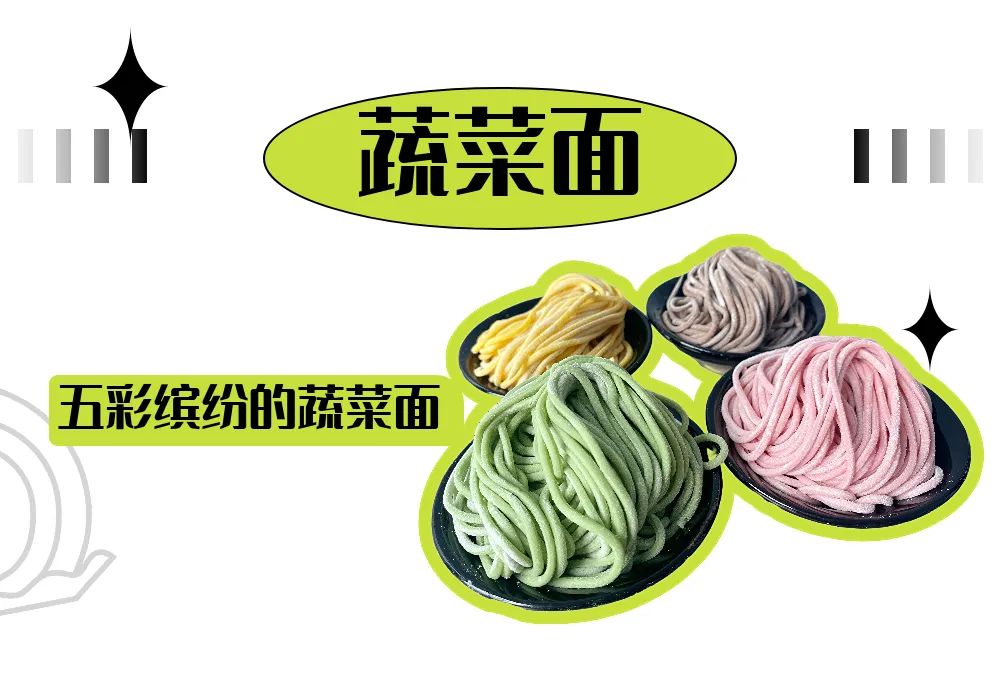
There are many types of pasta on the market, some of which lock and fix the color of the pasta by adding natural pigments, so as to prevent the color of the pasta itself from oxidizing and fading too quickly. Here are some common products and their added pigments:
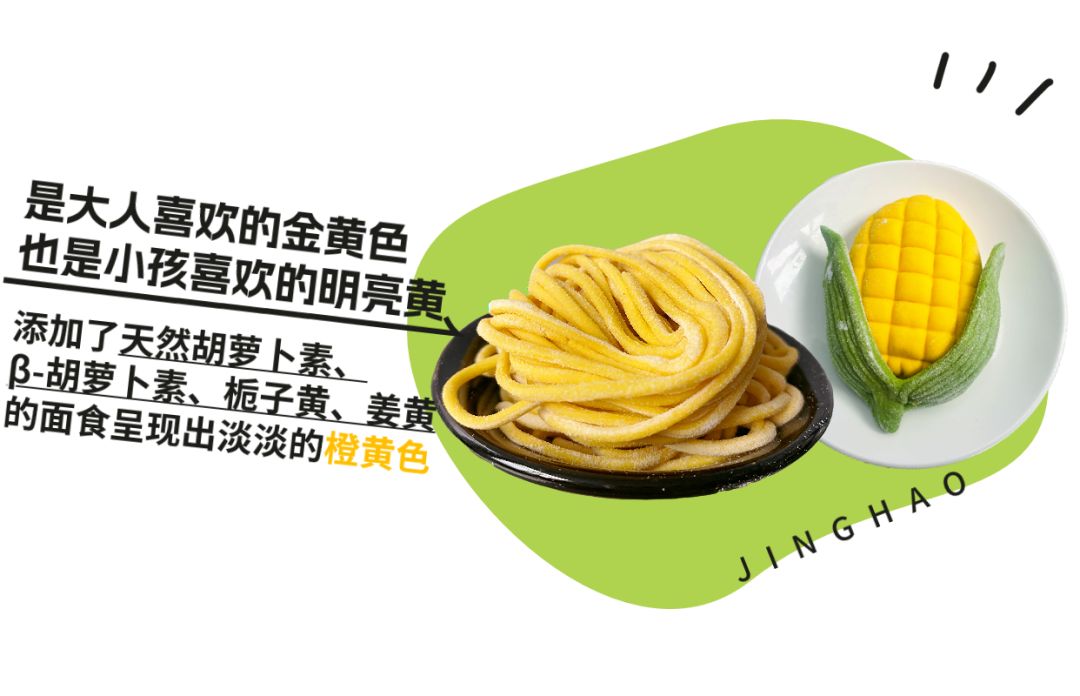
Natural carotene
Natural carotene is one of the widely recognized natural pigments. It is extracted from palm fruit, which is one of the most rich fruits in the world with pcnotin (pro-vitamin A). The carotene composition of palm fruit is similar to that of carrot, containing about 33% cis and trans A-carotene, 65% β-carotene and 2% other carotenoids. Compared with synthetic pigments, natural carotene pigments are more natural, safe, and will not cause a burden to the human body.
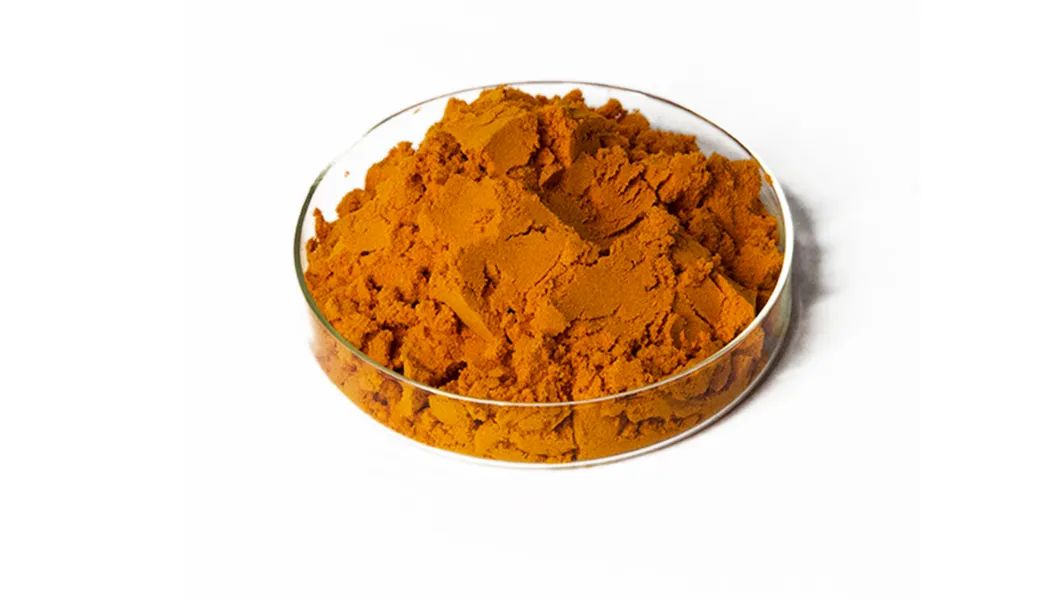
Beta-carotene
Beta-carotene is a fat-soluble compound belonging to the carotenoid family, which is an orange-yellow natural pigment commonly found in nature. It is abundantly present in plants and imparts rich yellow and orange hues to fruits and vegetables. Beta-carotene possesses natural sourcing, safety, and health benefits. It is frequently utilized as a water-soluble food coloring agent, exhibiting shades of orange or yellow in dilute solutions and turn into orange-red with increasing concentration. Notably, it remains unaffected by reducing agents like ascorbic acid but can fade when exposed to heavy metal ions, particularly Fe3+. Moreover, it demonstrates excellent color performance for oily foods.
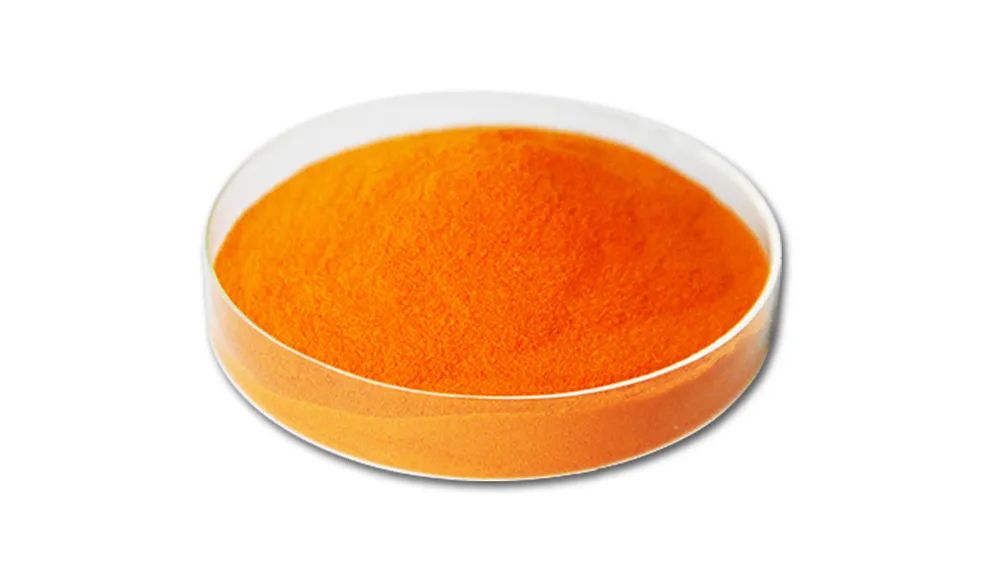
The specific industry category and usage amount of Beta-carotene please refer to the relevant provisions of GB2760-2014 National Food Safety Standard For Food Additives Use. The maximum use of beta-carotene in instant rice noodle products, frozen rice noodle products, cereals and starchy desserts (such as rice pudding, tapioca pudding), baked products, biscuits, jam products is 1.0g/kg.
Gardenia yellow
Gardeniae yellow is a carotenoid pigment extracted from the fruit of Gardenia fruit. Its main components are crocin and crocetin. Gardeniae yellow is a non-toxic, highly safe, naturally occurring carotenoid and the main coloring in Gardenia fruit. Gardenia can easily and immediately dissolves into a transparent yellow liquid in water. Soluble in ethanol and propylene glycol, insoluble in oil. It has good effect on protein and starch staining.
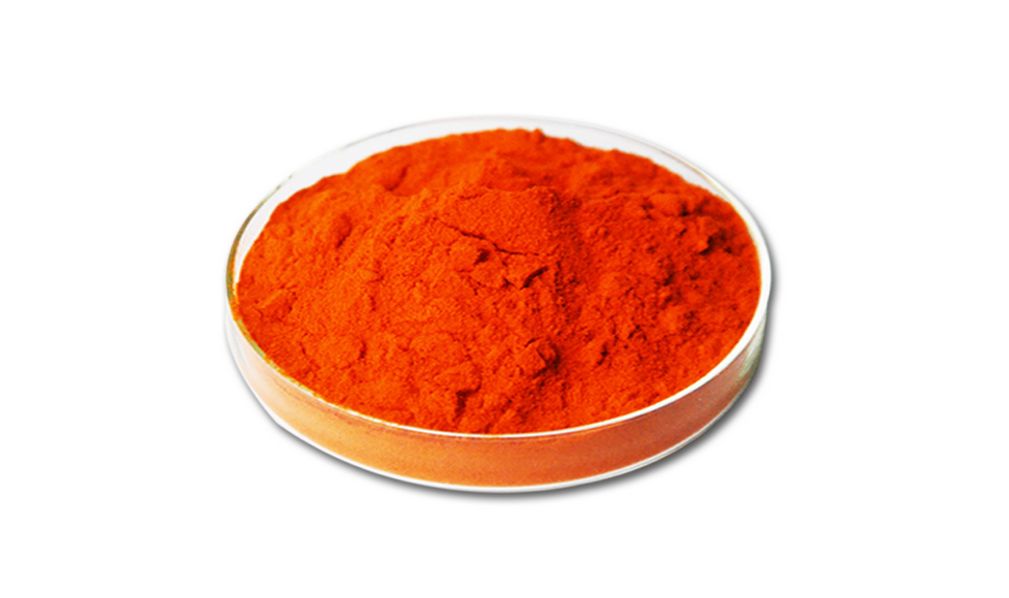
Specific industry categories regarding its usage can be found within the relevant provisions of "GB2760-2014 National Food Safety Standard For Food Additives Use" The maximum allowed amount includes biscuits, margarine (including butter/margarine mixes), pickled vegetables, cooked nuts/seeds (fried only), instant rice/noodle products,fillings for grain products, cooked meat products (cooked poultry meat products only), condiments (except 12.01 salt and salt substitute products), solid beverage products is 1.5g/kg, and the maximum usage is 0.3g/kg in flavored drinks (fruit flavored drinks only), candy, frozen drinks (except 03.04 edible ice).
Turmeric
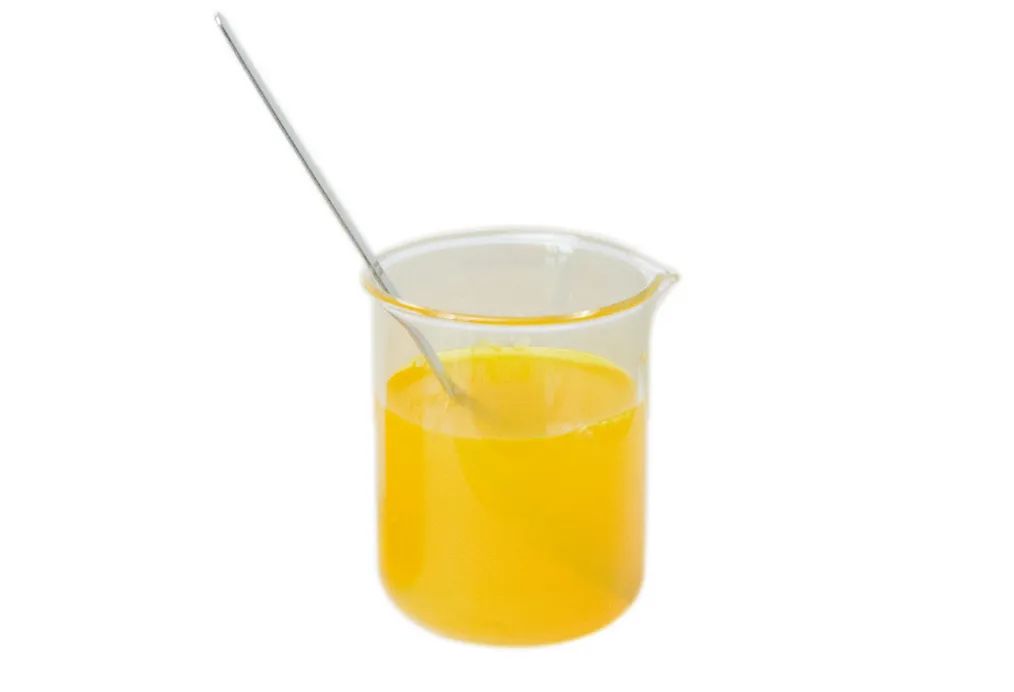
Turmeric has the characteristics of strong coloring, bright color, strong thermal stability, safe and non-toxic, but it has poor light resistance and needs to be stored in the dark. The specific use industry category and usage please refer to the relevant provisions in the GB2760-2014 National Food Safety Standard For Food Additives Use. Such as frozen drinks (except 03.04 edible ice), jam, cooked nuts and seeds (only deep-fried nuts and seeds), cocoa products, chocolate and chocolate products (including cocoa butter substitute chocolate and products) and candies, convenient rice noodle products, biscuits, condiments, beverages (except 14.01 packaging drinking water) can be used according to the production needs and process requirements, and the maximum use of milk powder and cream powder products is 0.4g/kg, the maximum use of air popped products is 0.2g/kg, the maximum use of starch balls is 1.2g/kg.
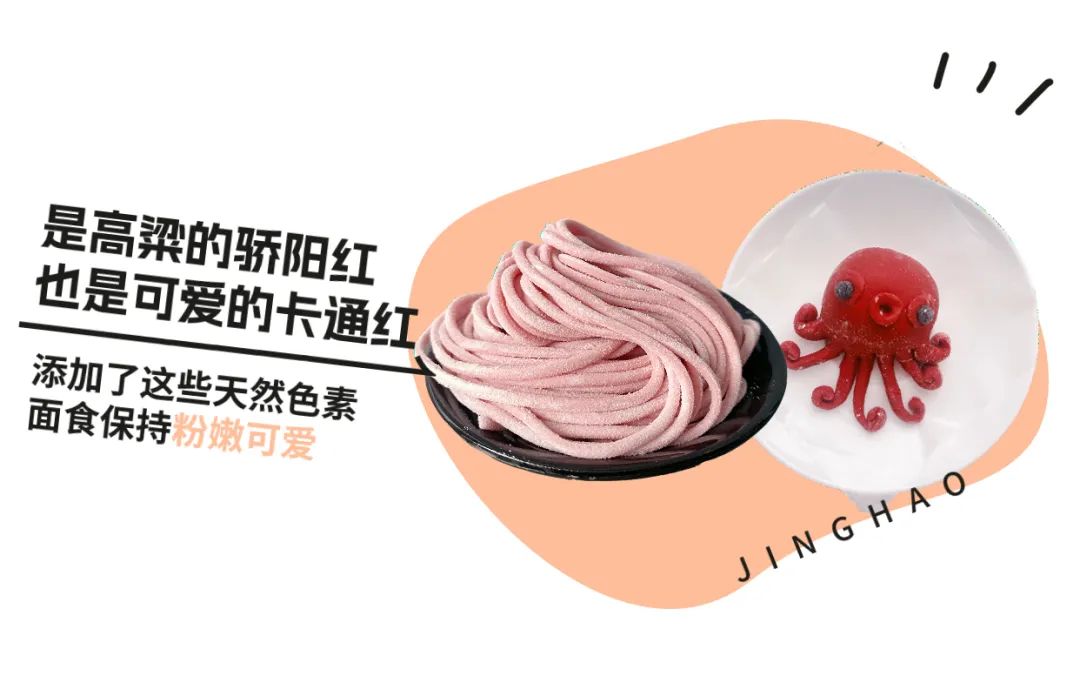
Sorghum noodles, such as red noodles, generally fix and keep their red color by adding red natural pigments. Generally, sorghum red, beet red and other red natural pigments are selected to make the color of red pasta more lasting.
Sorghum red

Sorghum red is a food additive made from black-purple or reddish-brown Sorghum Vulhare pers shells extracted with water or dilute ethanol solution, concentrated and dried. It does not contain harmful chemicals and it is relatively safe and reliable. Moreover, sorghum red has good heat resistance and stability, which is suitable for a variety of food processing processes. In addition, sorghum red also has certain antioxidant properties, which helps to protect the quality of food and prolong the shelf life. The color of Sorghum red is natural and soft, and has the characteristics of temperature resistance, light resistance and good solubility.
Beet Root Red
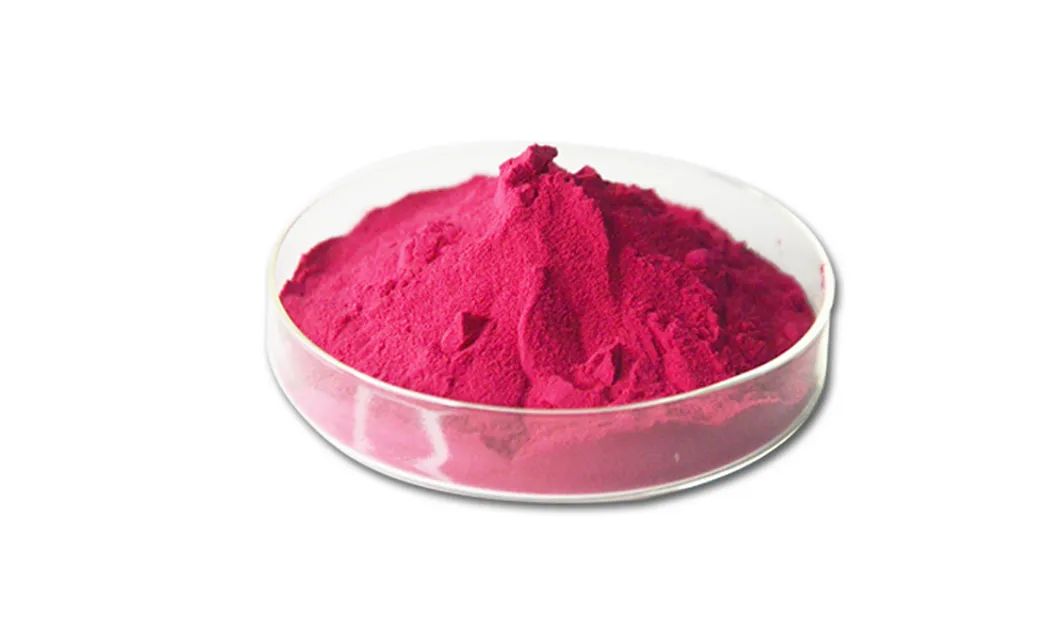
The raw material of Beet red is also a plant. It is also called beet root red. It is a food additive made from the extract of red beet extracted with water, sprayed and dried.Beet red is a common natural food additive, which is used to enhance the color of food and improve the appearance of products. It has strange odor and is easily soluble in water, milk, 50% ethanol or propylene glycol aqueous solution. The aqueous solution is red to red purple. PH3.0~7.0 is relatively stable, PH4.0~5.0 stability is the largest. Good staining, but poor heat resistance. It has the characteristics of natural source, good stability and rich nutrition.
Capsicum annuum L.
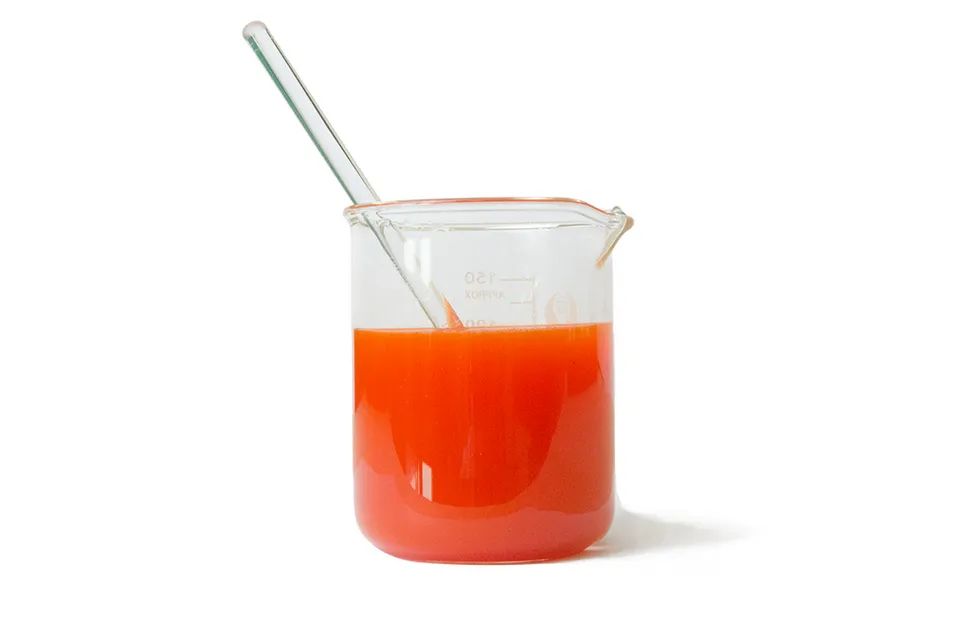
Paprika red is a food additive made from the peel of capsicum annuum L. through extraction, filtration, concentration, capsaicin removal and other processes. It is a deep red oily liquid, with bright color, safety and non-toxic, with strong coloring power, light, hot acid and alkali resistant, and not affected by metal ions.
The specific industry categories and usage amount please refer to the relevant provisions of the "GB2760-2014 National Food Safety Standard for Food Additive Use". For example, frozen drinks (except 03.04 edible ice), cooked nuts and seeds (only fried nuts and seeds), candy, instant rice and noodle products, pastries, biscuits, cooked meat products, jelly, puffed food products can be used in appropriate amounts according to production needs and process requirements; The maximum use of frozen rice and noodle products is 2.0g/kg, and in the announcement of 15 kinds of "three new foods" such as leaf grass on October 22, 2021 (No. 9 of 2021), it can be used appropriately in prepared meat products (raw meat added conditioning materials) and other (Konjac gel products only) products according to production needs and process requirements.


The specific industry categories and usage of sorghum red, beet red, and paprika red refer to the relevant provisions of the "GB2760-2014 National Food Safety Standard for Food Additive Use", and can be added appropriately according to production needs in most production categories. For specific categories, please refer to Table A.3 of GB2760 for the list of food categories with exceptions for food additives used in appropriate quantities for production purposes (see below).
Natural pigment’s assists make pasta bright color more durable. Foodies never thought pasta could be so much fun!
For more natural pigments and related information, please call us or mail us:
COMPANY: ZHUHAI JINGHAO BIOLOGICAL-TECH CO.,LTD.
ADDRESS: AREA B, 4-3 FLOOR , NO. 5 BUILDING , CHUANGYE WEST ROAD, SHUANGLIN SECTION, LIANGANG INDUSTRIAL ZONE, JINWAN DISTRICT, ZHUHAI CITY, GUANGDONG PROVINCE, CHINA. P.C. 519000.
WEB.: http://www.biolo-tech.com E-MAIL: info@biolo-tech.com
TEL.: 0756-6255288/0756-6255280 MOB.: 13928090373




Hot search label:
Carbon black、 Gardenia yellow、 Curcuma longa、 Natural carotene、 Tripotassium glycyrrhizinate、 Carmine、 Compound colorant、 Complex customizationZhuhai Jinghao Biological-tech Co., Ltd 粤ICP备20042151号